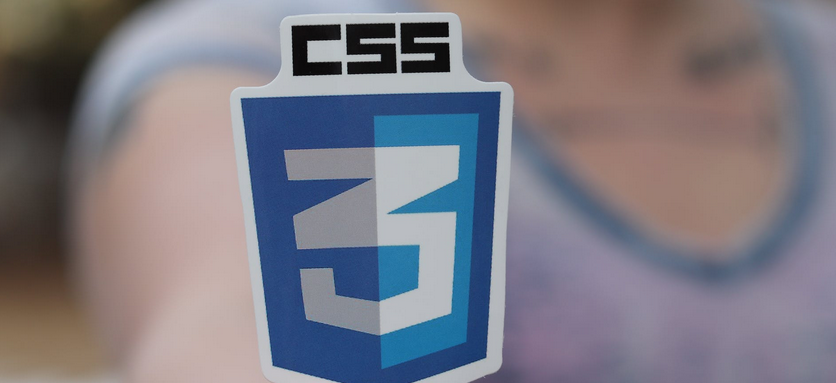Applying responsive design to an HTML, CSS, Javascript website

Tiempo de lectura: 2 minutos Reading time: 2 minutes Adapting a website to be responsive is a process that involves designing and developing a website that adjusts to different screen sizes and devices, providing an optimal user experience across all of them. In order to adapt a website to be responsive, it is necessary to consider the following steps: Identify … Read more









